#studies
Report: Middle America Just Isn’t Having EVs
Depending upon where you live, battery electric vehicles are either gradually becoming commonplace or rarer than a two-dollar gallon of gasoline. A new study from S&P Global has helped illustrate the current regional phenomenon, with an accompanying report that suggests it won’t be lasting forever due to the industry pivoting to build more mainstream EVs while the United States expands its charging network.
Car Loan Delinquencies Keep Increasing, Who Is to Blame?
Not that you couldn’t have figured this one out all by yourself, but car loan delinquencies are reaching record levels once again. The culprits are the usual suspects. Wages have failed to keep pace with inflation for a couple of generations, current inflation rates are at record highs, and those loan-accommodation programs set up during the pandemic are all expiring now. Basically, regular people are becoming broke so they’re starting to be forced into tough financial decisions – including whether to make their car payments against heating their homes or feeding their families.
Insane Survey Claims Most People Would Pay $19,000 Over MSRP
With vehicle prices surging over the last two years, the age of negotiating a price below sticker seems to have ended. Manufacturers are raising their rates to cope with inflation. But they’ve also noticed how much abuse they’ve been willing to endure via dealer markups. You rarely hear someone talking about how much they saved on their new car anymore. Now, the topic of interest is how much financial abuse you managed to avoid before driving it off the lot.
Study: The Fifteen Most Overpriced Vehicles of 2022
With automotive prices skyrocketing these last two years, you may have found yourself waiting out the market until wealthy business magnates, unaccountable banking institutions, and multinational monopolies have had their way with it – hoping beyond hope that they’ll be a modestly priced car for you to live in when the economic dust finally settles.
But what if you can’t wait that long and need something today? While may not be able to steer you toward the deal of a lifetime, we do know which vehicles you might want to cross off your list thanks to a study targeting mainstream models seeing the highest dealer markups. Though, be warned, you’re still probably better off driving whatever you have today because the national average still has vehicles listed 10 percent above MSRP.
IIHS Reports Pedestrian Detection Tech Rarely Works After Dark
The Insurance Institute for Highway Safety (IIHS) released a study on Tuesday that showcased just how badly advanced driving aids perform at night – specifically the automatic emergency braking systems that are linked to pedestrian detection.
This mimics earlier studies connected by the American Automobile Association (AAA), which frequently highlighted inconsistencies in driver assistance features in general. But nighttime was when things really started to come undone, with plenty of models failing to register that the simulated pedestrians used for testing were even there.
Automotive Study Confirms What You Already Know About Buttons VS Touchscreens
If you've ever piloted a modern vehicle, you've likely noticed that touchscreens have started supplanting physical controls. You've also probably found that they're not as easy to interface with as the buttons, switches, and knobs they're replacing. Well, there's another study out that's supporting what drivers have known for years – touchscreens don't make for intuitive vehicle controls and may even make the whole process of getting to your destination a little more treacherous.
Surveys Suggest EV Owners Still Annoyed With Charging Infrastructure
There’s been an increase in reports of inoperable charging stations intended for EVs this year, with the data coinciding with J.D. Power’s annual Electric Vehicle Experience Public Charging Study. Despite EV sales continuing to climb, the survey showed that people are actually becoming less satisfied with charging stations overall.
"Not only is the availability of public charging still an obstacle, but EV owners continue to be faced with charging station equipment that is inoperable," elaborated Brent Gruber, executive director of global automotive at J.D. Power.
QOTD: Why Aren’t EVs Becoming More Affordable?
Ford increased pricing on the F-150 Lightning EV substantially this week, citing “significant material cost increases and other factors.” The all-electric model now comes with an MSRP that ranges between $46,974 (for the base Pro trim) and $96,874 (for the Extended Range Platinum). All told, the decision has made the pickup anywhere from $6,000 to $8,500 more expensive than it was just a few days earlier. In exchange, Blue Oval has ever so slightly upgraded the maximum range of some of the lower trims. But some of us would probably prefer a more comprehensive explanation as to what’s causing EV prices to surge in general, because it’s not just Ford that’s been raising the sticker price of in-demand electric vehicles.
U.S. Drivers Seriously Starting to Sour on Autonomous Vehicles
Despite some of the world’s largest automakers promising commercially viable self-driving cars by 2020, autonomous vehicles have yet to manifest in any serious capacity. Granted, advanced driving aids have begun to usurp some amount of control from the driver. But they aren’t quite what was envisioned by the industry when everyone was a lot more optimistic about the technologies involved. This may also be true of consumers, who seem to have soured on the general premise of autonomous vehicles as they’ve started to learn all that might entail.
Fuel Prices Are Allegedly Cooling Off
With the last several months delivering record-breaking fuel prices, as society endures what has undoubtedly been the largest spike in energy cost and inflation since the 1970s, everyone has been hoping to catch a break this summer. Some have even gotten theirs. While things are still looking exceptionally bleak in the long term, the United States appears to be enjoying a modest reprieve.
J.D. Power Claims Vehicles Are Becoming Less Reliable
J.D. Power has released its U.S. Initial Quality Study for 2022 and the prognosis could be better. Automobiles are reportedly becoming less reliable and more expensive. While there are certainly valid reasons for this — ongoing supply chain problems, companies transitioning to novel electric powertrains, and remote working environments making it hard to collaborate on engineering — the bottom line is that the whole industry is blowing it.
Study Claims Gen Z Doesn't Like Buying Cars
Younger drivers have reportedly had it with the dealership experience, with Gen Z even more disenfranchised than Millennials. Though it’s difficult to imagine anybody visiting a showroom within the last 12 months having any other reaction. Incentives are down, prices are up, and there’s a good chance whatever you wanted to buy isn’t going to be on the lot anyway. Someone saying they had an exemplary dealer experience is becoming about as common as people claiming they enjoy going to the DMV.
However, CDK Global Inc. still opted to conduct a survey in the hopes of determining just how much less tolerant younger shoppers might be compared to older generations. The takeaway probably isn’t going to shock you, even if the sheer volume of first-time buyers that don’t care for dealerships might.
NHTSA Issues Initial Crash Report for Driver Assist Tech
In 2021, the National Highway Traffic Safety Administration (NHTSA) asked manufacturers to begin reporting vehicle accidents where Advanced Driver Assistance Systems (ADAS) and/or semi-autonomous driving aids were engaged. The agency was specifically interested in incidents where such systems were active at least 30 seconds prior to the crash, hoping it might shed some light as to the technologies at play while the industry continues to make it standard equipment.
Report: 50 Million U.S. Cars Still Subject to Recalls
The latest data from Carfax has indicated that roughly 50 million U.S. vehicles presumed to still be in operation still have outstanding recalls that have yet to be addressed. Though the good news is that this represents a 6 percent decline from 2021 and a meaningful 19 percent drop against 2017.
Still, the metrics may not be wholly down to better communication on the part of the manufacturer and people taking recall notices more seriously. Between 2013 and 2015, the average number of U.S. vehicles and equipment subjected to recalls per year went from 26.3 million to 83.6 million. While the annual averages have come back down since, recalls have remained substantially higher than in decades past.
Study Claims EV Charging Reliability Is a Problem
Researchers with the University of California, Berkeley, are pouring cold water of the premise that electric vehicle charging stations will require less maintenance than traditional fueling solutions. The study, which examined 657 individual connectors between 181 public fast-charging stations in the San Francisco Bay area found that about 23 percent were nonfunctional.
That seems quite a bit higher than the number of fuel pumps that might be down at any given station, though the pertinent question is why those EV charging points were inoperable.
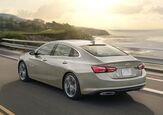
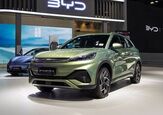
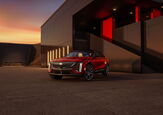





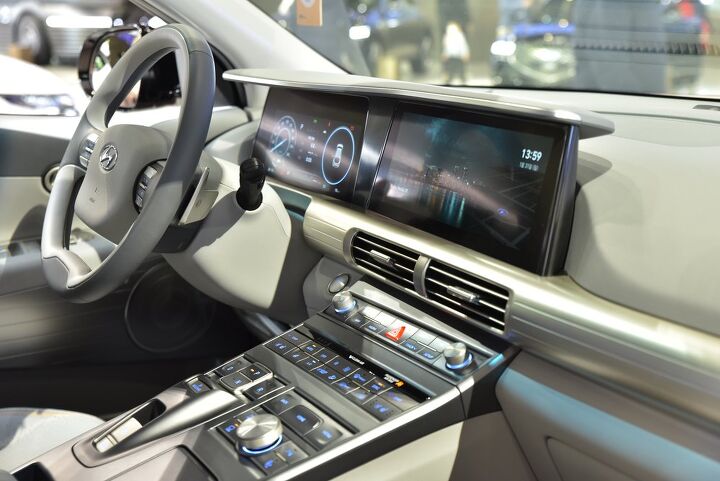

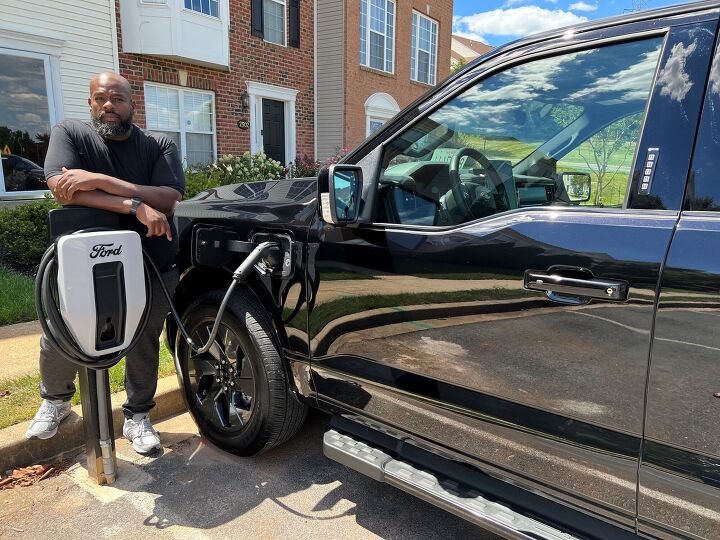
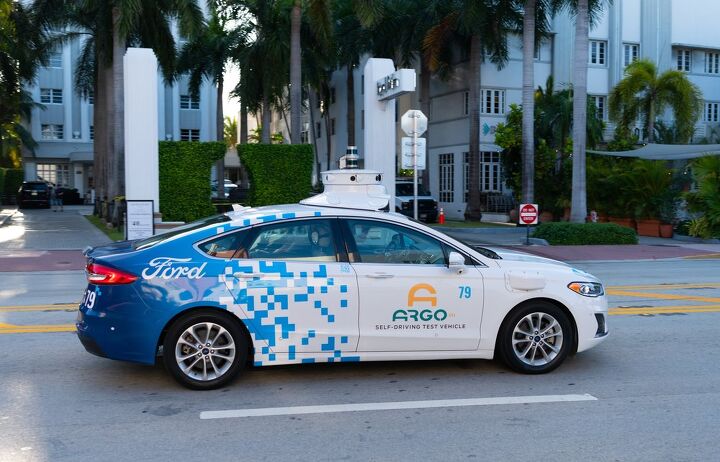
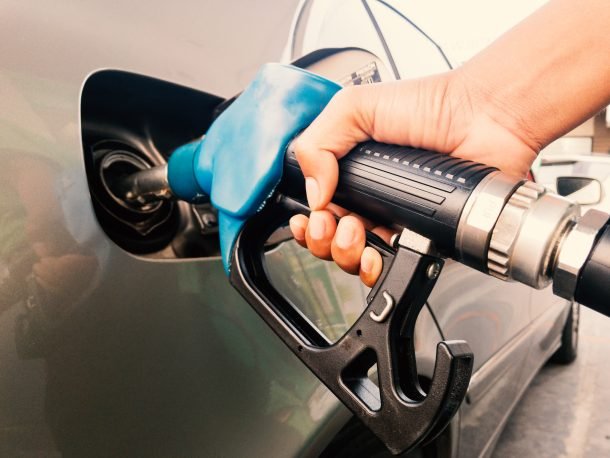


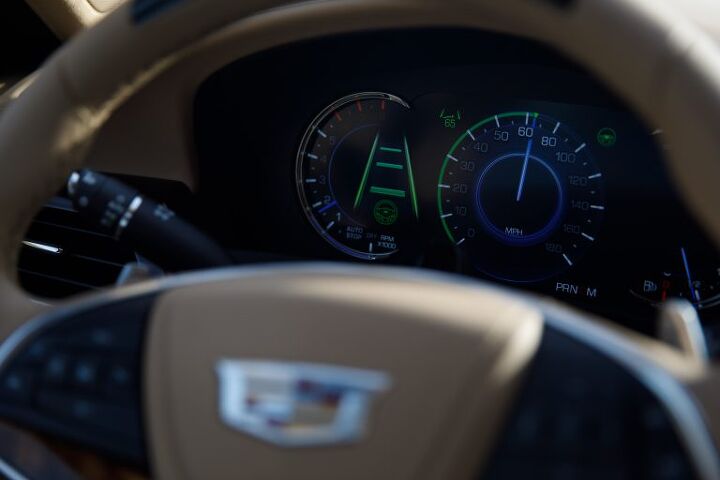
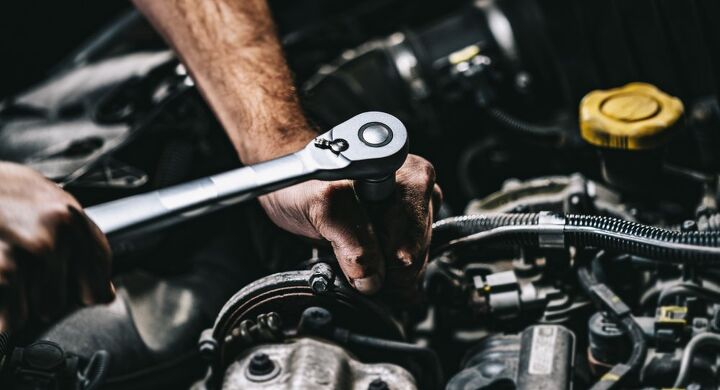













Recent Comments